“Artefact” by Troy Innocent
Title:
- Artefact
Artist(s) and People Involved:
- Troy Innocent
-
- Swinburne University of Technology
Exhibiting Artist(s):
Symposium:
Venue(s):
Medium:
- Computer-mediated space
Artist Statement:
How is our identity shaped by our language and communication? Increasingly, we are immersed in high order simulacra that offer more intimate relationships with our media than those that have been possible before. Simulation has become integral to reality itself, and we adopt the beings and experiences of these simulations into our own lives. We have developed the ability to shift perceptually between the real and the hyperreal. Artefact explores this shift in perception by accentuating errors, or “artefacts”, in the representation of reality.
The interactive sculptures of Artefact: Mixed Reality are extrusions of the virtual into the real, modelled after the icons and characters of computer games. Their shiny, plastic form is both familiar and disorientating, accentuating our own ontological remediation and the dynamic between the real and the virtual. Digital media have become more real. At the same time, real life has become programmed, encoded and more artificial.
Artefact explores the “language” of computer-mediated space as it is expressed in games – its unique internal logic and properties. It investigates elements such as gameplay – the abstraction of reality into a system, artificial life – which models complex systems that have the capacity to learn, grow and evolve, generative systems – which allow new structures to be made from a set of basic forms, and new modes of perception enabled by electronic space.
On another level, Artefact is part of an ongoing investigation of the semiotics of digital space and human-computer interaction. In a virtual world, both the elements that constitute the world, and the wodd model or system, are equally important in signifying meaning. In the process of investigation, elements such as characters, objects, and icons are identified, decoded, and transmuted into a world model, which combines iconic ideals with personal specific imagery. Artefact: Semiomorph actualises a hybrid model such as this into a coherent alternative world.
Artefact: Semiomorph explores “semiotic morphism”, a “systematic translation between sign systems” in which signified messages can be mapped onto various signifiers, multiplying and mutating instances of semiosis. The term captures the shape-shifting plasticity of relationships between sound, image, text, and users in virtual worlds; the interactions through which meaning is made, transformed and remade dynamically and synaesthetically in real time. In the translation between the real and the simulated, a new kind of space emerges. Artefact is an instance of this new space, driven by its alternative logic and artificial aesthetic.
Additional Images:
Category:
All Works by the Artist(s) in This Archive:
- Troy Innocent
- More Art Events from Troy Innocent in this archive:
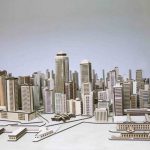
Xon Kon
[ ISEA2016]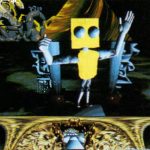
IDEA-ON>!
[ ISEA94]
Jawpan
[ FISEA'93]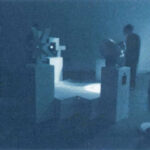
Artefact
[ ISEA2002]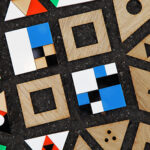
Zydnei
[ ISEA2013]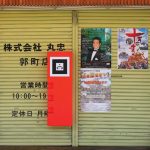
noemaflux
[ ISEA2011]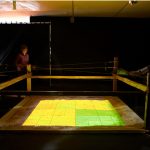
Play Parametres
[ ISEA2013]
Yomeci Fields
[ ISEA2024]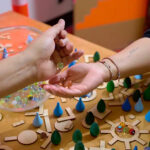
Reworlding: Play The World We Want
[ ISEA2024]






